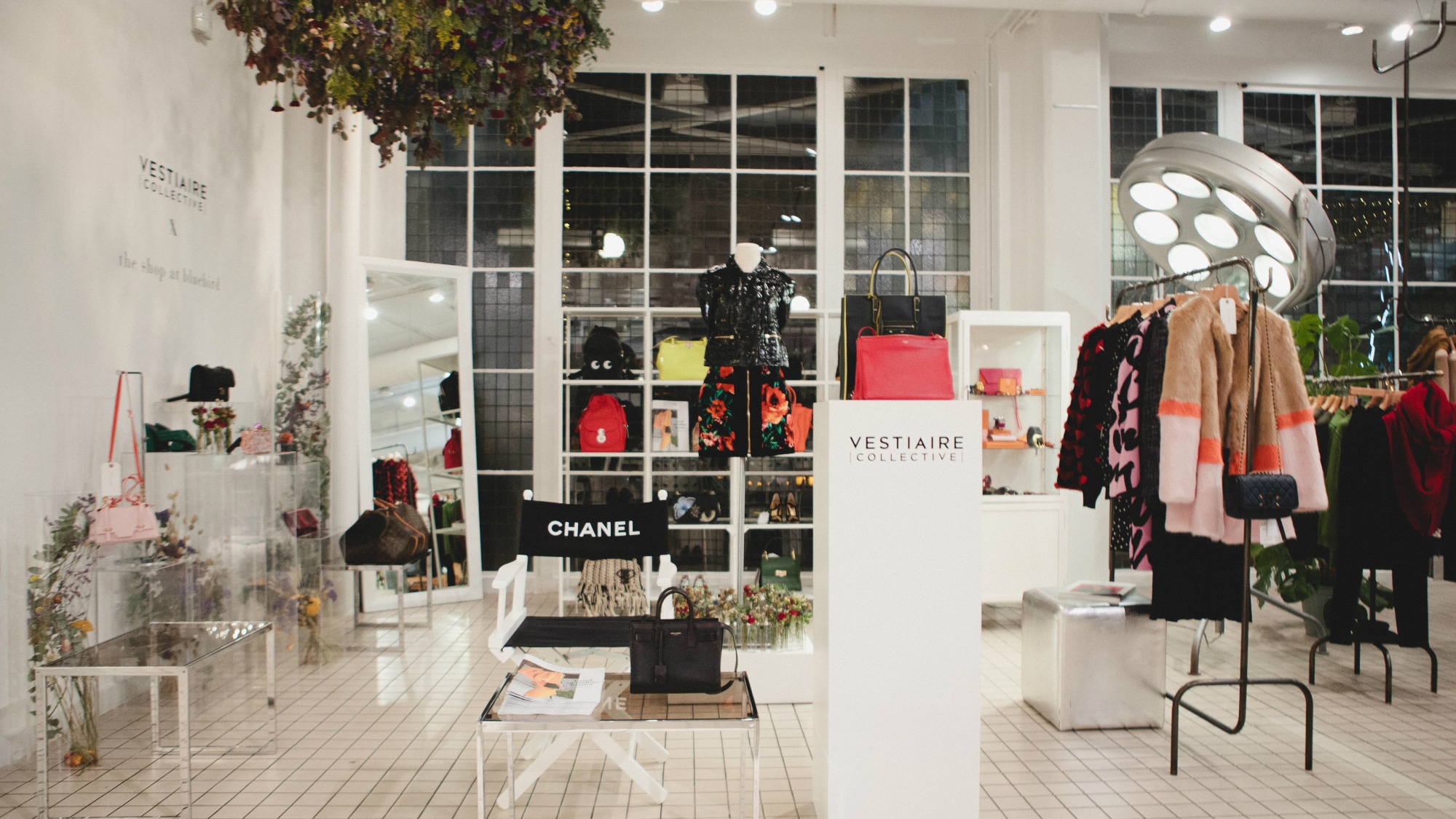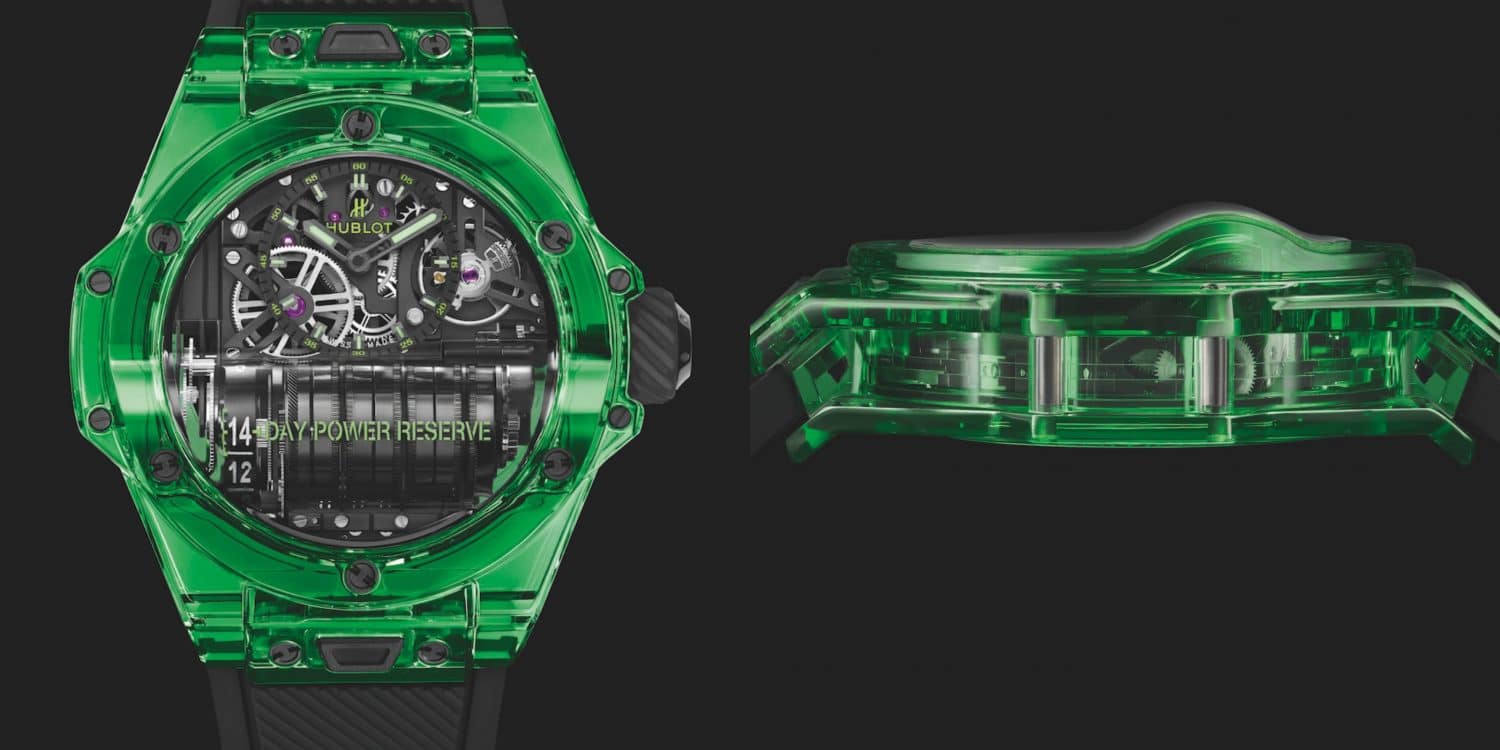[vc_row][vc_column][vc_column_text]
The second-hand luxury market has exploded in recent years and continues to grow. This is impressively revealed by the BCG (Boston Consulting Group) report, in partnership with Vestiaire Collective. Global sales of second-hand luxury goods are expected to grow by 12% year-on-year, compared to an average of 3% for the luxury market by 2021. In addition, the second-hand market should reach a turnover of 36 billion dollars, compared to 25 billion dollars in 2018, or about 9% of the luxury market.
By Luxus Plus
On 15th October 2019, Vestiaire Collective and BCG published a report entitled “Why Luxury Brands Should Celebrate the Pre-Owned Boom” presenting the main factors influencing this rapid growth and explaining how luxury companies can benefit from the explosion in the second-hand market.
First, Vestiaire Collective and BCG explain that resale is a recruitment mechanism for luxury brands in the sense that the second-hand market brings in new customers who may have access to products that were previously out of their reach.
We also learn that second-hand sellers are mainly first-hand buyers.
These consumers will sell the parts they no longer wear, via online resale platforms, in order to be able to buy the new items released.
The second-hand market then allows the luxury sector to have a better product rotation by encouraging consumers to buy more through the resale of their old parts.
This rotation is an excellent way to stimulate the sustainability of the sector by creating a virtuous circle of consumption.
In this study, it also appears that the second-hand market attracts Millenials and Generation Z in particular, who are more concerned about social and environmental impact than previous generations.
In the second-hand market, leather goods are at the top of the product search, followed by watches and jewellery. Clothing and footwear are less desirable, can be a size issue and are therefore more difficult to resell.
Also, capsule collections and limited editions feed platforms with second-hand products that can sometimes, because of their rarity, even reach higher prices than first-hand items.
[/vc_column_text][/vc_column][/vc_row]









